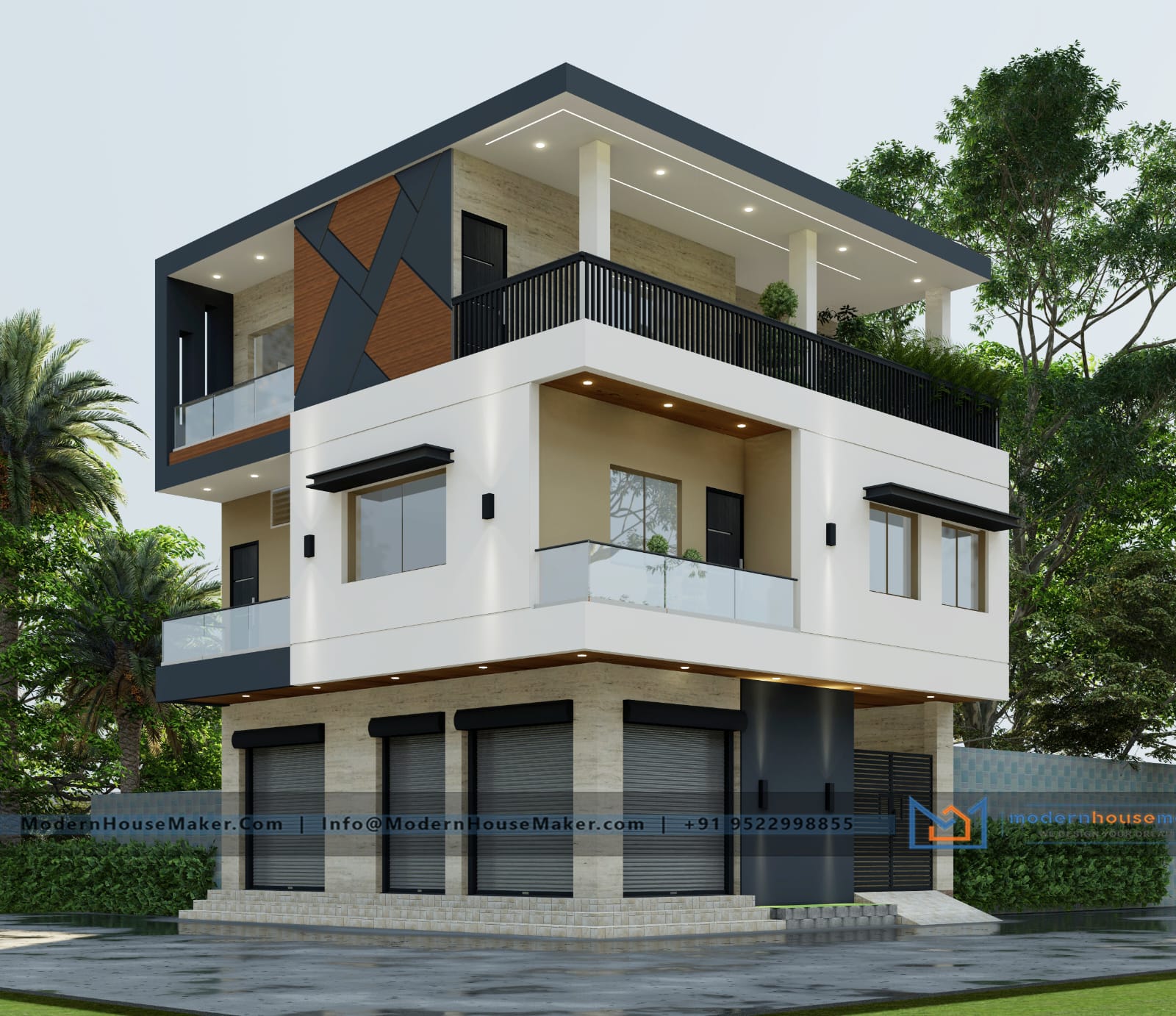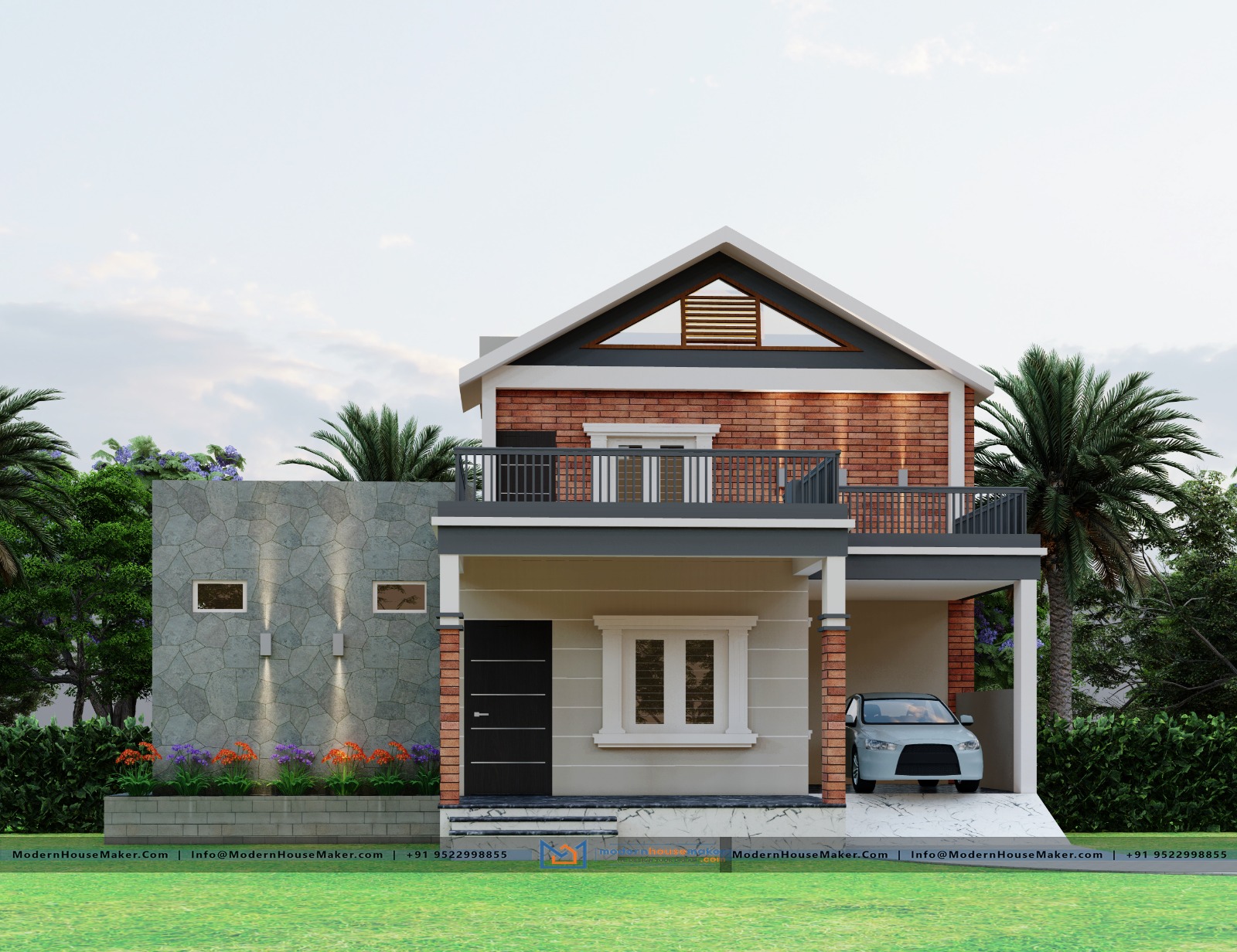The Crucial Role Of Beams And Columns In House Construction
2024-11-09 10:03:16

When it comes to building a sturdy and reliable home, beams and columns are the unsung heroes that provide essential support and strength. In this blog post, we will delve into the vital importance of these structural elements in home construction. From supporting heavy loads to ensuring stability during natural disasters, beams and columns play a crucial role in keeping your house standing strong for years to come. Join us as we explore the fascinating world of beams and columns in home construction!
Understanding the Purpose of Beams and Columns
Beams and columns are essential components of any home construction project. They are often referred to as the backbone or skeleton of a building, providing structural support and stability. Understanding their purpose is crucial for homeowners and construction professionals alike, as it impacts the safety, durability, and overall design of a structure.
Types of Beams and Columns Used in Construction
There are various types of beams and columns used in construction, each with its own unique characteristics and purposes. In this section, we will delve deeper into the different types of beams and columns commonly used in home construction.
1. Wood Beams:
Wood beams have been used in construction for centuries due to their strength and versatility. They are typically made from timber or lumber and come in a variety of sizes, shapes, and species such as oak, pine or cedar. Wood beams are easy to work with and can be cut to fit any required length or angle. They are commonly used in residential constructions as they provide a warm aesthetic appeal.
2. Steel Beams:
Steel beams, also known as I-beams or H-beams, are widely used in modern home construction due to their exceptional strength-to-weight ratio. These beams are made from high-quality steel that is shaped into an “I” or “H” shape using heat treatment techniques. Steel beams provide excellent support for heavy loads and are often used for long spans and tall structures.
3. Concrete Beams:
Concrete beams offer superior strength compared to wood or steel beams but require more complex installation methods due to their weight. They can either be precast off-site or poured on-site according to the design requirements of the structure.
4. Laminated Beams:
Laminated beams consist of multiple layers of wood bonded together with adhesives to form a single structural unit that is stronger than traditional wood beams. These types of beams can span longer distances without sagging while providing better resistance against moisture and warping.
5.Hollow Structural Section (HSS) Columns:
HSS columns are square or rectangular hollow tubes made from steel that offer excellent load-bearing capacity while also being lightweight and cost-effective compared to solid steel columns. They are commonly used in both commercial and residential constructions due to their durability, ease of installation, and ability to withstand extreme weather conditions.
6. Reinforced Concrete Columns:
Reinforced concrete columns are widely used in high-rise buildings and structures that require a higher load-bearing capacity. These columns are made by pouring concrete into steel forms that are reinforced with steel bars or mesh, making them extremely strong and capable of supporting heavy loads.
The type of beams and columns used in home construction depends on various factors such as the design requirements, structural needs, budget, and aesthetic preferences. It is essential to carefully consider these factors before choosing the appropriate types of beams and columns for your construction project to ensure a safe and sturdy structure that will last for years to come.
Materials Used for Beams and Columns
Beams and column for house construction are essential components in the construction of any building, providing crucial support and stability to the structure. They work together to distribute the weight of a building evenly, ensuring that it can withstand external forces such as wind and seismic activity. As such, it is crucial to carefully consider the materials used for beams and columns in order to ensure their strength, durability, and overall effectiveness in supporting a home.
One of the most commonly used materials for beams and columns is wood. Wood has been used in construction for centuries due to its strength, versatility, and availability. It is also relatively affordable compared to other materials like steel or concrete. However, wood may not be the best choice for structures that require long spans or have heavy loads as it can warp or rot over time if not properly treated or maintained.
Another popular material for house beam is steel. Steel offers exceptional strength-to-weight ratio, making it ideal for supporting large structures with minimal material usage. Moreover, steel does not warp or rot like wood, making it a more durable option. However, steel beams and columns can be expensive compared to other materials.
Concrete is another common material used for beams and columns due to its high compressive strength. Concrete provides excellent resistance against compression forces from heavy loads placed on top of it. It also has good fire resistance properties which make it suitable for use in structural elements of buildings such as beams and columns.
In recent years, composite materials such as reinforced concrete (RC) have gained popularity as an alternative to traditional materials like wood or steel. RC combines the benefits of both concrete (high compressive strength) and steel (high tensile strength) into one strong material that can handle both compression and tension forces effectively.

Importance of Proper Placement and Installation of Beams and Columns
The proper placement and installation of beams and columns in home construction is crucial for the structural integrity and safety of any building. These elements play a vital role in supporting the weight of the structure, distributing loads, and preventing collapse or damage during natural disasters such as earthquakes.
One of the main reasons why proper placement and installation of beams and columns is essential is to ensure that they can effectively bear the weight of the building. Beams are horizontal members that carry the load from above, while columns are vertical elements that transfer this weight to the foundation. If these components are not properly placed or installed, they may fail under stress and compromise the stability of the entire structure.
In addition to supporting vertical loads, beams and columns also act as lateral supports for buildings. Lateral forces, such as wind or seismic activity, can cause a building to sway or vibrate. Properly placed and installed beams and columns counteract these forces by providing stiffness and resistance against movement. Without them, a building may become vulnerable to collapse or severe damage during extreme weather events.
Common Issues with Beams and Columns in Home Construction
Beams and columns are essential structural elements in home construction, providing support and stability to the overall structure. However, like any other component of a house, these elements can experience issues that need to be addressed. In this section, we will discuss some common problems that may arise with beams and columns in home construction.
1. Sagging or Deflection: One of the most common issues with beams and columns is sagging or deflection. This occurs when the structural members are unable to bear the weight placed on them, causing them to bend or bow downwards. It can be caused by overloading, poor quality materials, inadequate design, or improper installation.
2. Cracks: Another issue that often arises with beams and columns is cracking. These cracks can occur due to a variety of reasons such as shrinkage in concrete structures, settling of the foundation, excessive vibration during construction, or natural disasters like earthquakes.
3. Rotting or Decay: Wood beams and columns are susceptible to rotting or decay if they are exposed to moisture for prolonged periods. This can weaken their structural integrity and compromise the safety of the building.
4. Corrosion: Steel beams and columns may experience corrosion due to exposure to moisture or chemicals present in the environment. This can lead to weakening of the metal and eventually cause structural failure if not addressed promptly.
5. Improper Size or Placement: Beams and columns should be sized appropriately according to their intended load-bearing capacity. If they are too small for their designated purpose, it can result in stress on the members which could lead to failure over time.
Addressing these common issues with beams and columns is crucial to maintain the safety and integrity of a building. Regular inspections, proper material selection, adequate sizing and placement, and timely repairs are key factors in preventing potential problems with these vital components of home construction.
Benefits of Using Quality Beams and Columns
Beams and columns are essential components in home construction, providing structural support and stability to the entire building. When it comes to constructing a sturdy and durable home, using quality beams and columns is crucial. In this section, we will discuss the various benefits of using high-quality beams and columns in home construction.
1. Strength and Durability: Quality beams and columns are made from strong materials such as steel or reinforced concrete, which can withstand heavy loads without bending or cracking. This strength ensures the structural integrity of the building, making it more resistant to natural disasters like earthquakes or storms.
2. Longevity: Homeowners invest a significant amount of time, money, and effort into building their dream homes. Using inferior quality beams and columns may save some costs initially, but they can result in frequent repairs or replacements in the long run. On the other hand, high-quality beams and columns have a longer lifespan due to their superior durability, reducing maintenance costs over time.
Using quality beams and columns is vital for any home construction project. Not only do they provide structural stability but also offer numerous benefits such as longevity, safety, flexibility in design, load distribution, cost-effectiveness, and energy efficiency. Therefore choosing high-quality materials will ensure that your dream home stands strong for generations to come.
Why Choose Us?
At Modernhousemaker, we understand the foundational importance of beams and columns in house construction. These structural elements are crucial for ensuring the stability and durability of your home. Our team of skilled engineers and architects specializes in optimizing the design and placement of beams and columns to maximize safety and aesthetic appeal. We use state-of-the-art materials and innovative construction techniques to enhance the structural integrity of your home. Choosing Modernhousemaker means opting for a reliable, expertly crafted living space designed to stand the test of time. Trust us to build your dream home with precision and excellence.
